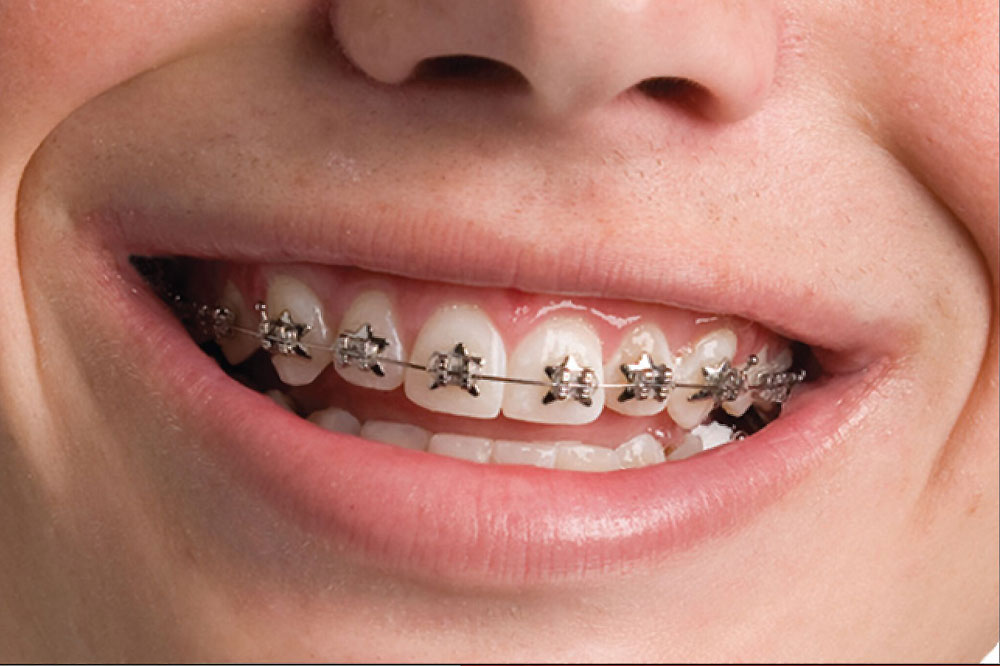Lakewood Ranch dental care offers several orthodontic procedures to help improve aesthetics and functions like chewing, and speech. Orthodontics is a subspecialty in dentistry that aims to correct teeth alignment problems. These procedures are divided into several stages or phases until you achieve the desired results, over some time.
Read on to learn about the goals of orthodontic treatment and the different phases involved.
Understanding the goals of orthodontic treatments
Orthodontic imperfections are common but extremely complex. If left untreated these can lead to a cascade of unwanted consequences and complications, especially in children. This can affect the permanent teeth eruption and alignment, leading to orthodontic imperfections like overbite, deep bite, underbite, crossbite, and open bite in the future.
Unleashing the phases of orthodontic treatment
Orthodontic treatment typically involves three main phases. These include:
Phase 1: Planning
- This first phase involves initial consultation and evaluation of your oral cavity and specific oral needs.
- The goal of this phase is to identify the orthodontic problem, and to determine the exact diagnosis since it paves the way for an appropriate treatment plan.
- This phase includes the following evaluation:
- Assessment of dental and medical history
- Recording oral impressions
- Capturing panoramic X-rays of the jaws and teeth
- Recording computer-generated images of the head, neck, and face
Phase 2: Active treatment
- This phase involves the actual treatment when your orthodontist designs an appropriate treatment plan to align your teeth and correct orthodontic flaws.
- Your orthodontist may recommend any one of the following devices based on your individual needs:
- Fixed braces
- Removable clear aligners
- Headgears
- Palatal expanders
- These devices involve the following functions:
- Alignment and leveling
- Bite correction
- Space correction
- Once the treatment is completed and the desired results are achieved your orthodontist removes the appliances or discontinues their use accordingly.
- Phase 3: Retention
- When your appliances are removed, your orthodontists will create specific retainers for you.
- The retainers ensure that the teeth do not regress or retract back to their original position.
- You are advised to wear retainers for a specific duration of time each day to allow the bone to reform and stabilize the teeth in their new, correct alignment.
Orthodontic treatment becomes essential if you or your child suffer from any dental imperfection that leads to a compromised oral form and mastication. For a successful outcome, orthodontic treatment is divided into three phases for a thorough evaluation of your individual need to plan the treatment accordingly. Treatment needs to progress gradually to avoid unnecessary strain or pressure on your teeth.


